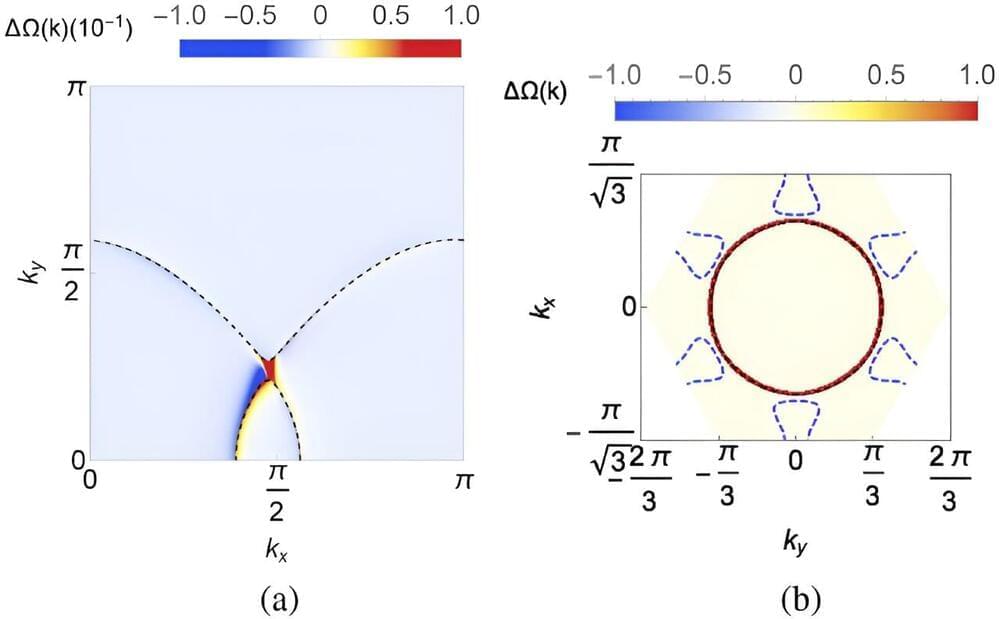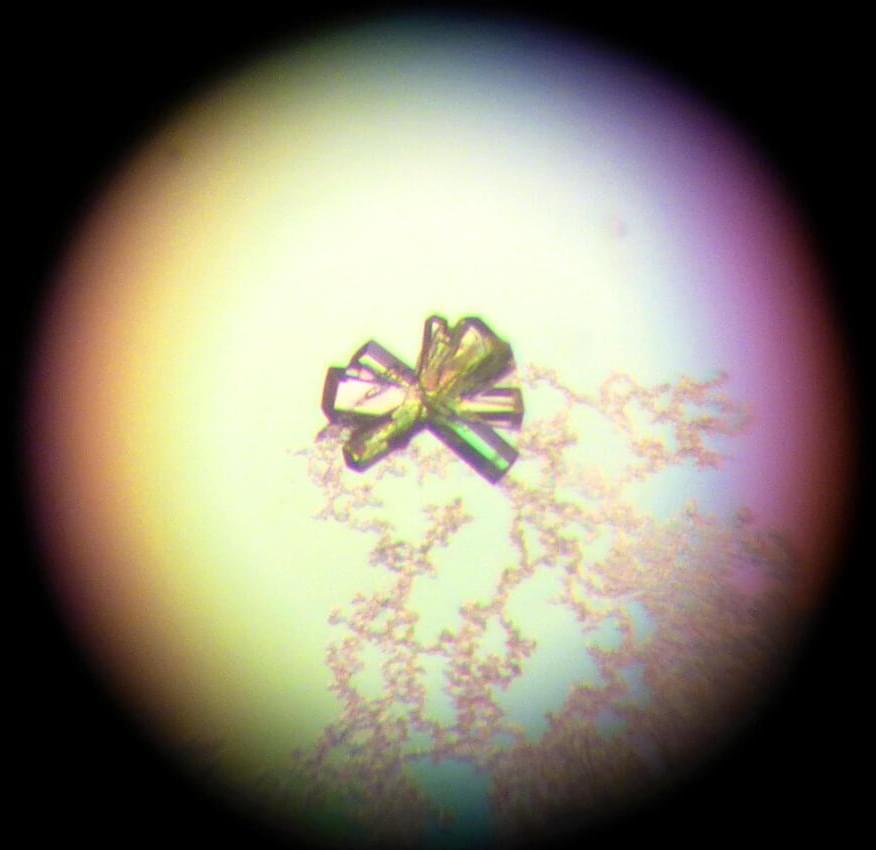Break it down: How AI can learn from the brain.
In a recent paper titled “A sensory-motor theory of the neocortex” published in the journal Nature Neuroscience, Rao posited that the brain uses active predictive coding (APC) to understand the world and break down complicated problems into simpler…
When you reach out to pet a dog, you expect it to feel soft. If it doesn’t feel like how you expect, your brain uses that feedback to inform your next action — maybe you pull your hand away. Previous models of how the brain works have typically separated perception and action. For Allen School professor Rajesh Rao, those two processes are closely intertwined, and their relationship can be mapped using a computational algorithm.
“This flips the traditional paradigm of perception occurring before action,” said Rao, the Cherng Jia and Elizabeth Yun Hwang Professor in the Allen School and University of Washington Department of Electrical & Computer Engineering and co-director of the Center for Neurotechnology.






